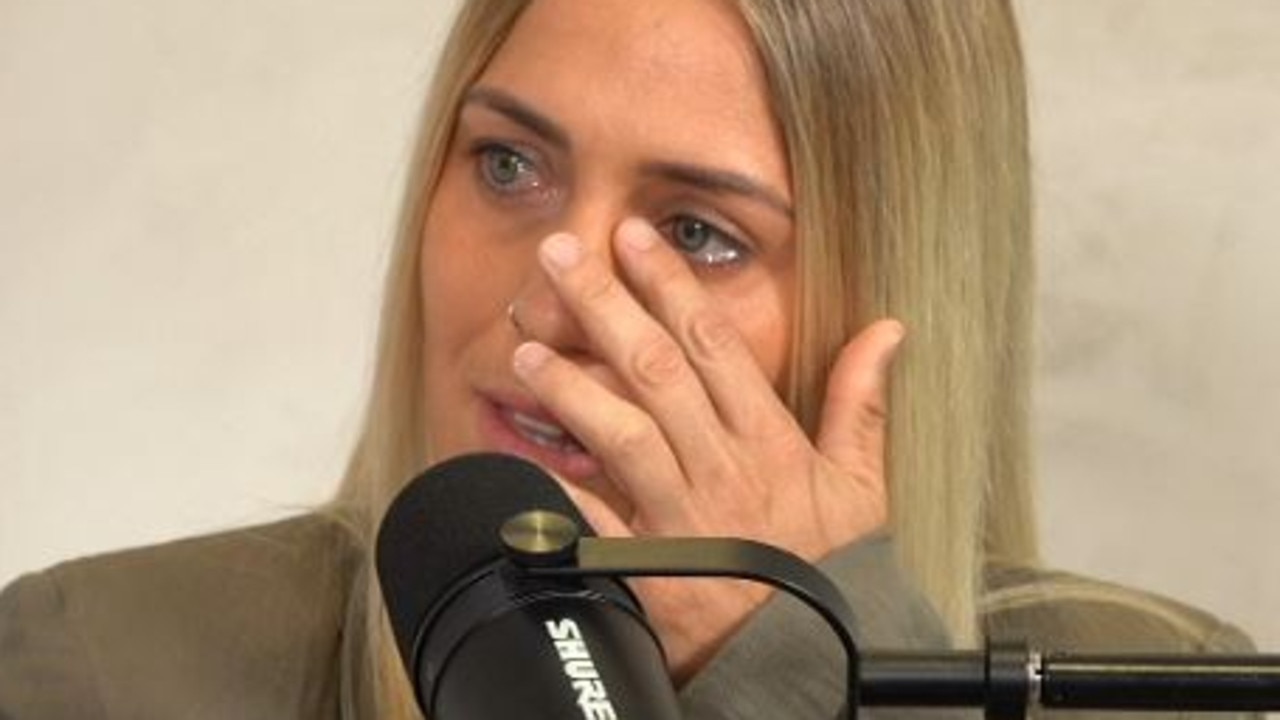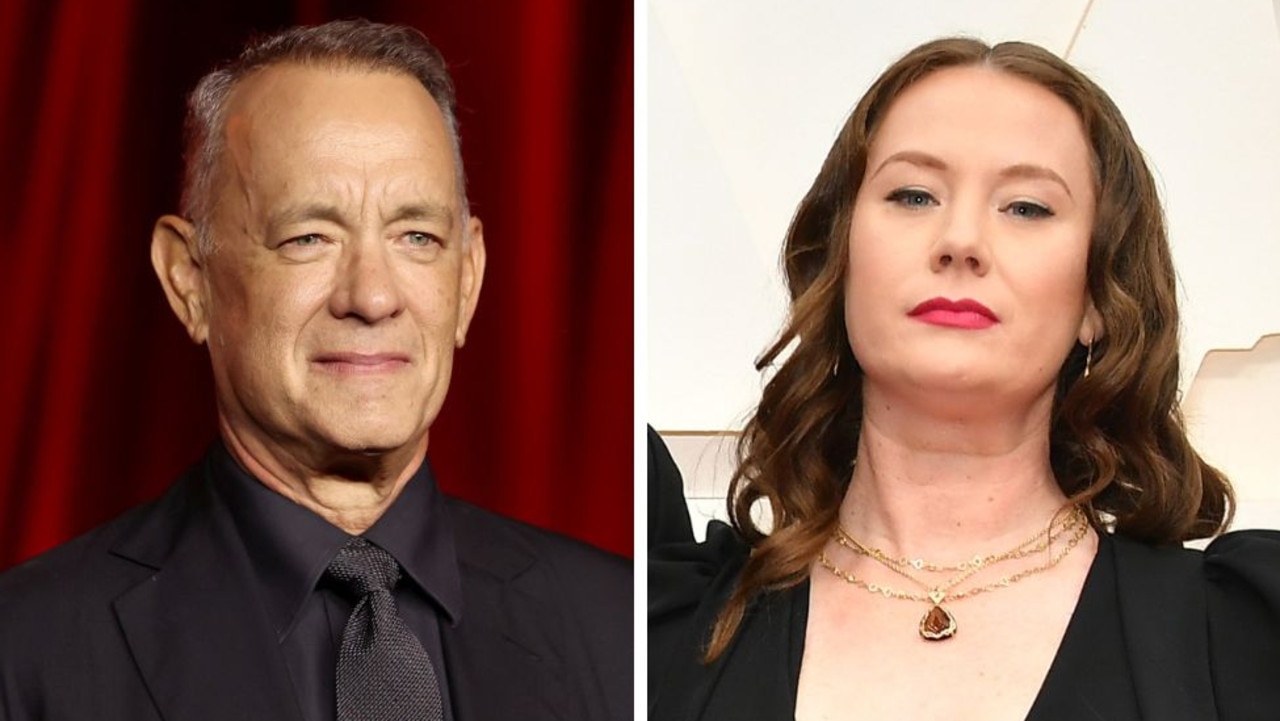US officials tried to stop Aussie locals reporting UFO sighting
US military officials in Australia tried to bully a local woman and two police officers into denying they had seen a UFO, in a chilling incident.
Australia has a long history of encounters with unexplained aerial objects, stretching from indigenous stories to modern mysteries. Are they aliens? Top-secret man-made machines? And why is discussion of UFOs seen as the preserve of crackpots and conspiracists? Celebrated journalist ROSS COULTHART probes the phenomenon both Down Under and overseas in his new book In Plain Sight – and in this edited extract demonstrates why it can be such a chilling topic.
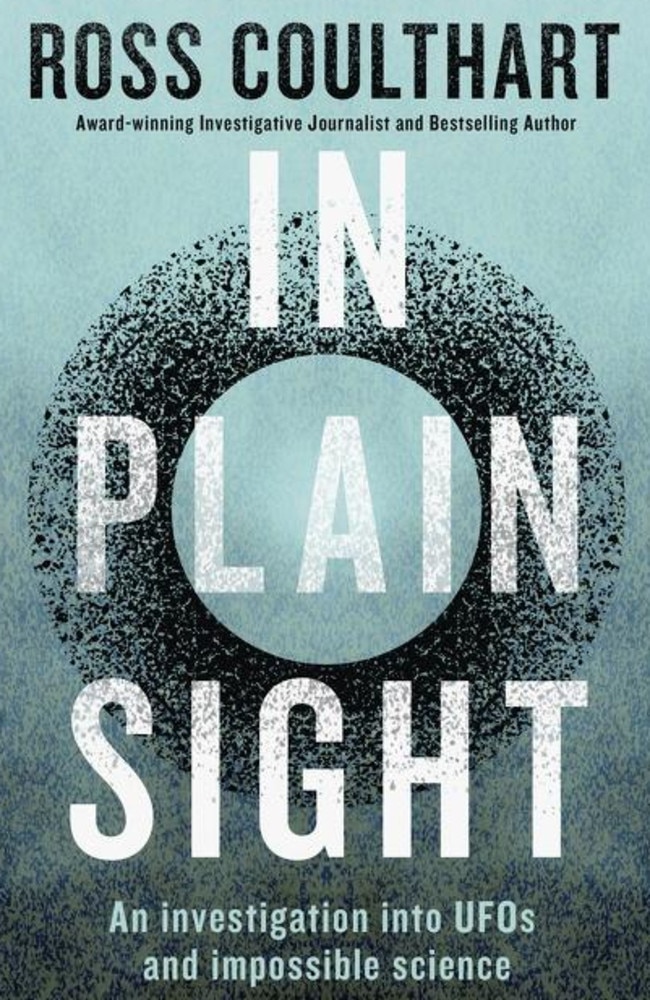
About 2.30 on a pitch-black morning on Australia’s remote North West Cape, Annie Farinaccio walked out of a late-night party at the United States Naval Communication Station Harold E. Holt.
It was late 1991, shortly before the US was due to hand over the site to Australia. The handover was happening amid mounting concern about the base’s covert role as one of the cornerstones of America’s submarine-launched nuclear missile defence. In the event of nuclear war, launch orders from the US would be sent out by the station’s powerful transmitters to submarines across the adjacent Indian Ocean. Exmouth locals had no idea their sleepy town would likely be obliterated in a nuclear exchange; they just valued what the ‘Yanks’ brought to the local economy in this isolated community and were sad to be seeing them go.
The party at the base that night was to farewell some American friends who were returning home due to the handover. But Annie had stayed too late and now, she realised, she had no way of getting home – the few local taxis in this remote part of Australia had stopped for the night. So when two Australian Federal Protective Service police officers, who she knew as Kevin and Alan, kindly offered to give her a ride back into Exmouth, five kilometres south, she gratefully accepted.
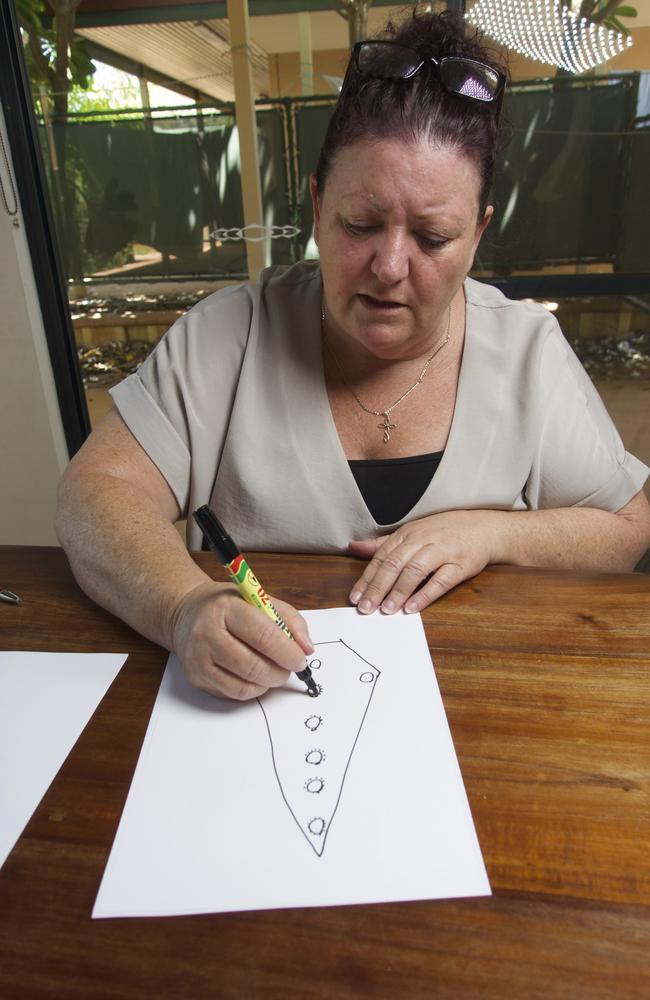
Annie squeezed in between the two men on the bench seat of their four-wheel Toyota drive security vehicle and the three set off for town.
A few minutes into the journey along the barren cape’s empty coast road, Kevin looked up. ‘It’s back. Grab the camera,’ Annie recalled him saying. Then Alan began to fire off photographs through the windscreen at something overhead that Annie could not yet see.
‘Eventually, Kevin pulled my head forward. “Look up!” he said. Then I saw it. A long diamond-shaped craft hovering overhead with the rear edge chopped off, rows of lights running towards the craft’s tip. It was a dark grey colour but not as dark as the night sky. It was 100 feet above us at most. “What the f**k is that?”’ Annie asked.
The policemen told her they had no idea, but that the same object had followed them the previous night. The next minute, the craft shot straight up from the right-hand side of the moving vehicle, before dropping down almost instantaneously on the left hand-side of the car.
Annie screamed as they hurtled down the road, with the ‘craft’ in apparent hot pursuit. It followed them along the road for a kilometre. Then it shot up into the sky and appeared to land in the scrub a few hundred metres off the road, a light now shining from underneath.
Kevin wanted to stop and take pictures of it on the ground, but, Annie says, ‘I was crying. “This is crazy. Take me home.”’
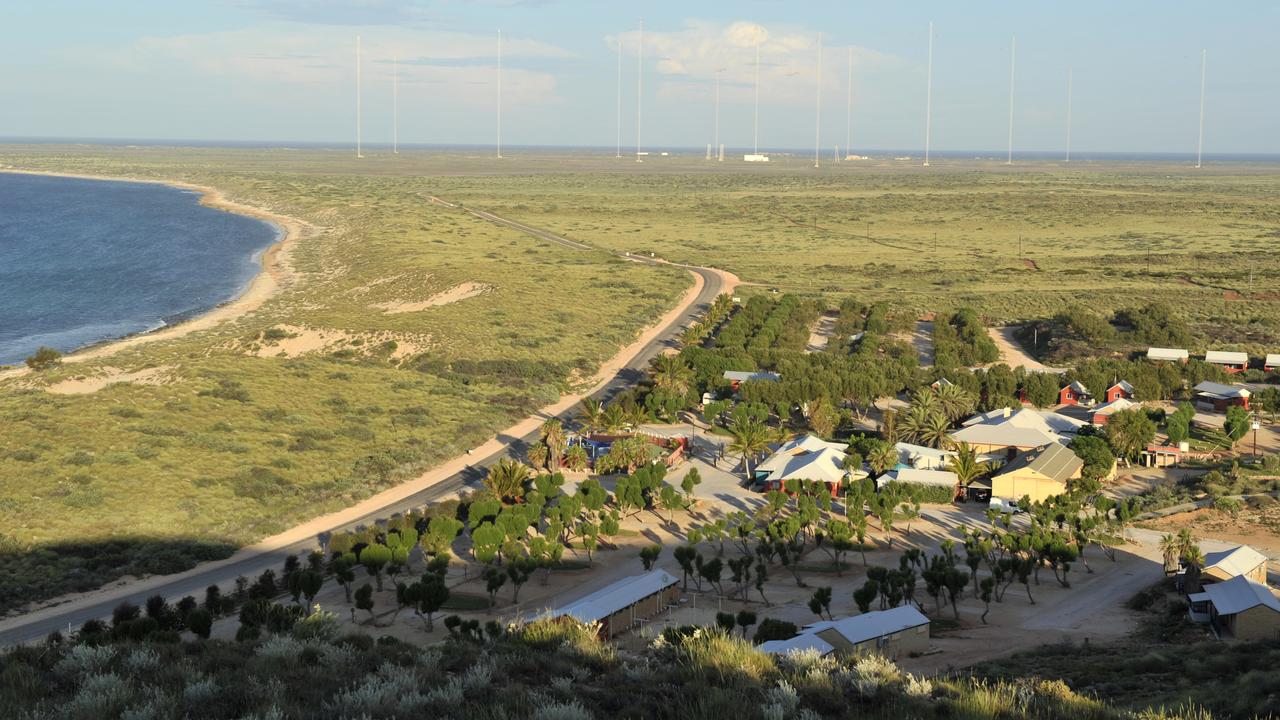
The two police officers agreed and drove as fast as they could to the edge of Exmouth, where they dropped Annie off before rushing back to get their pictures.
‘I ran to my home on the other side of town, and I ran into the house and locked the doors. I was so freaked.’
Today, Annie is in no doubt that what was hovering above them that night was a craft moving at incomprehensible speed. She does not care if people think her account sounds crazy. ‘It moved so fast my eyes couldn’t follow it,’ she says. ‘We were all freaking out.’
Two days later, two American military policemen walked into Annie’s workplace in town and asked her to come with them. Legally, the US had no jurisdiction, but she went with them anyway. ‘I didn’t at that stage relate it to what we saw,’ she says. ‘I thought I was in trouble for being on the base drinking at night.’
The taciturn policemen drove Annie straight into what she knew was the top-secret section of the US base. ‘I’m mouthing off at this stage, saying, “I must have done something really bad,”’ she laughs.
Once inside, they led Annie into a room. Sitting in front of a group of Americans in uniform were the two police officers, Alan and Kevin. Annie knew most of the Americans on base but here she recognised only one – the American commander. The others had clearly flown in from somewhere else. There were also three or four men in civilian suits.
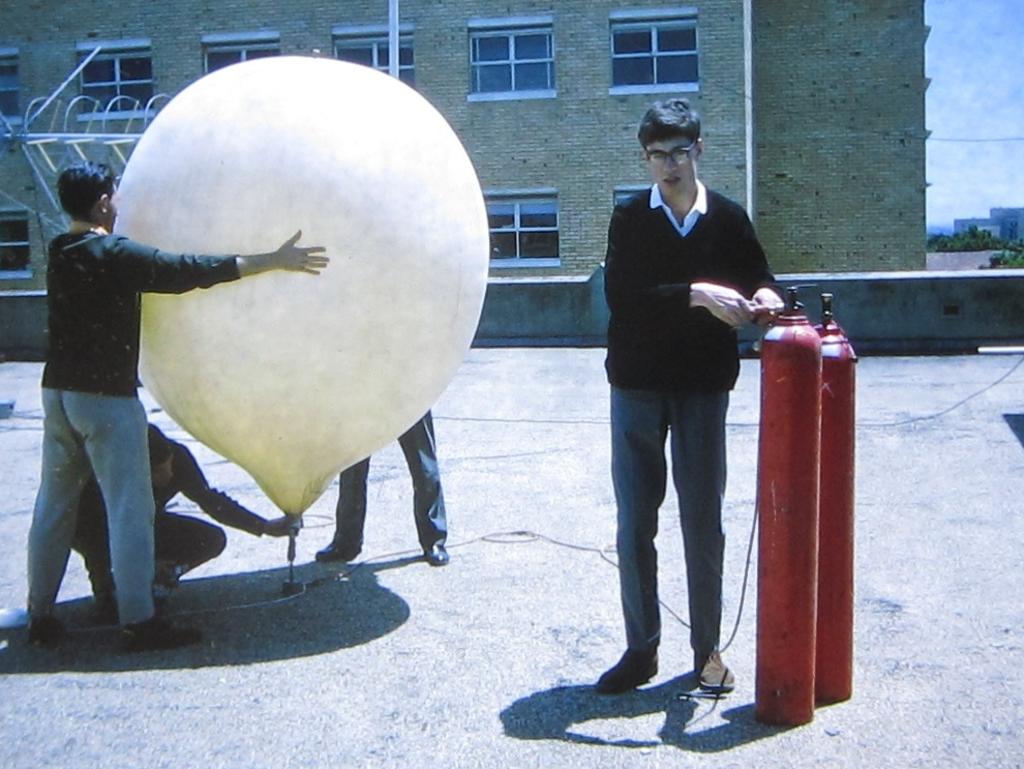
‘I felt pissed off at this stage. One guy did the talking. He asked me, “What did you see?” I said, “I saw a UFO.” They got me to draw it and asked me more questions about it. “You do realise that what you saw was a weather balloon?” I laughed at that,’ Annie said. As a child, Annie had lived on a station outside Exmouth and her father frequently launched weather balloons. ‘Weather balloons don’t look like what I saw,’ she recalled telling the man. ‘Then one of the APS policemen sitting next to me – they both had their heads down – said: “Please shut up … Shut up before you get us all killed.”’
The interrogation went on for a few hours. It was clear that the two Australian policemen had been there a lot longer – they appeared scared and dejected from the hours of questioning. Annie admits that she arced up at the Americans for trying to bully her into saying what they wanted her to say.
Annie is an intelligent university graduate who previously ran her own businesses. At the time of the sighting, she was working at the nearby Roebourne Regional Prison, counselling prisoners to help them find work. Fair to say, she was not easily rattled. ‘I said to them, “I don’t give a shit what you say. It wasn’t a weather balloon. It was a UFO. I’m not saying what you want me to say. I know I saw a UFO.”’

The Americans clearly had no idea what to do with an uncooperative Australian local and, eventually, they took her home. The first thing Annie did was ring her cousin, who had long been inquisitive about what was really going on at the base. He drove to Exmouth and they both visited Alan at his home.
Alan admitted the photographs of ‘the craft’ were printed at a printing shop inside the base and the two officers had shown them to colleagues. ‘Next thing, they were in custody. They searched the photo-machine, and they took his camera, the pics and the negatives,’ Annie says. Alan told her the photographs clearly showed an intelligently guided craft, not physically landed but hovering just above the ground. But, he said, every image he took was confiscated, along with his camera.
As Annie tells it, he was seriously rattled by the experience and told her and her cousin never to come back.
Annie’s elderly mother in Exmouth also confirmed part of the story. She clearly remembers the two military policemen first came to the family home, so she directed them to Annie’s workplace, where her colleagues watched her being escorted away.
***
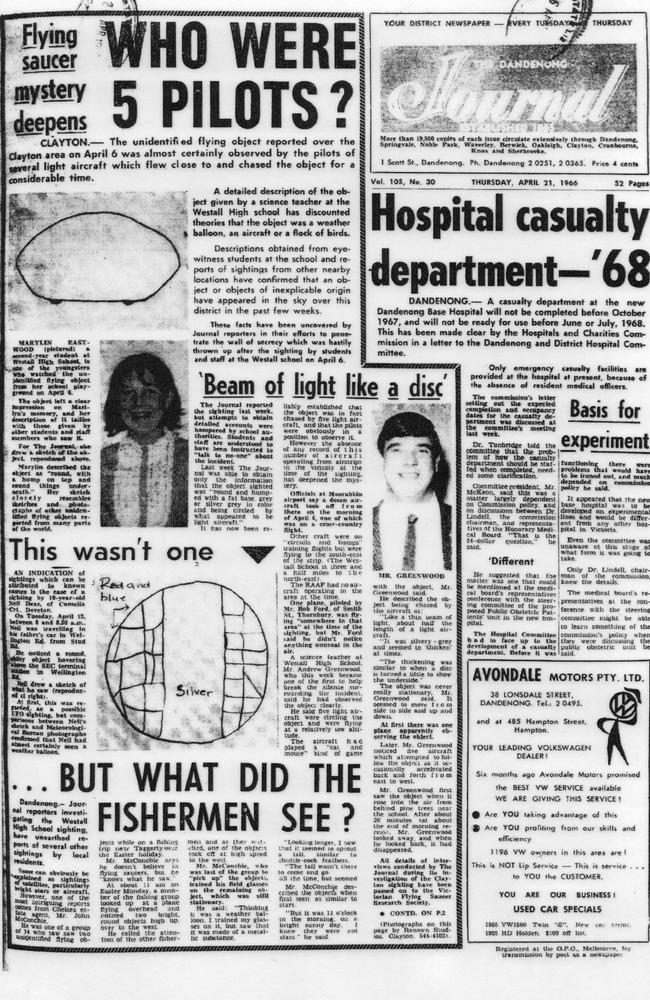
Annie knows her story sounds implausible, but she’s adamant it’s true. And she’s not alone. Recorded sightings of strange objects in Antipodean skies can be found right back to the 19th-century period of early European settlement. For thousands of years before that, indigenous Australian Aboriginal rock art and dreamtime stories described the eerie alien faces of the Wandjina cloud and rain spirits, and also what are known today as the Min Min lights. Australia also has one of the most compelling UFO cases of all time, the Westall April 1966 mass UFO sighting, where over 200 schoolchildren, teachers and locals in Victoria witnessed three metallic disc-shaped craft hovering over the school football field in broad daylight.
Witnesses to strange objects in our skies have told stories like Annie’s for decades.
And yet, they are rarely investigated or taken seriously by the press. The default position for mainstream media has long been to dismiss such accounts, even to ridicule them. After all, they sound wacky and, without official corroboration, such tales are most often spiked before the public gets to hear about them.
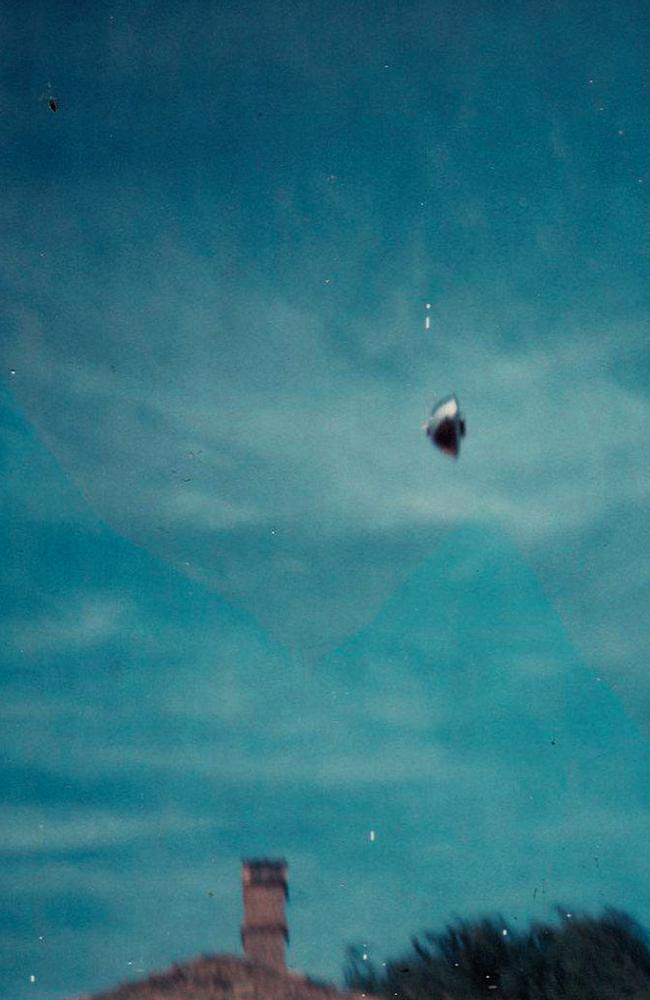
However, overwhelming evidence shows that many governments, including Australia’s, take such unidentified aerial phenomena (UAP) sightings very seriously indeed. Across the world, declassified government reports and well-corroborated witness sightings show that military and intelligence services are well aware of a persistent pattern of strange unidentified objects seen at and around sensitive military facilities such as Australia’s North West Cape naval communication station. Declassified files held in the Australian government’s National Archives reveal that anomalous sightings of unexplained objects at North West Cape have been officially reported to the Australian Air Force for decades by soldiers, tourists, a senior American officer at the base, and a local fireman. Annette’s disturbing sighting report is not an isolated incident at all. At the very least, it warrants further investigation.
But, as I have discovered, there is a huge disconnect between the public ridicule automatically directed at claims of unidentified aerial phenomena and the long-concealed secrets now emerging of a new reality.
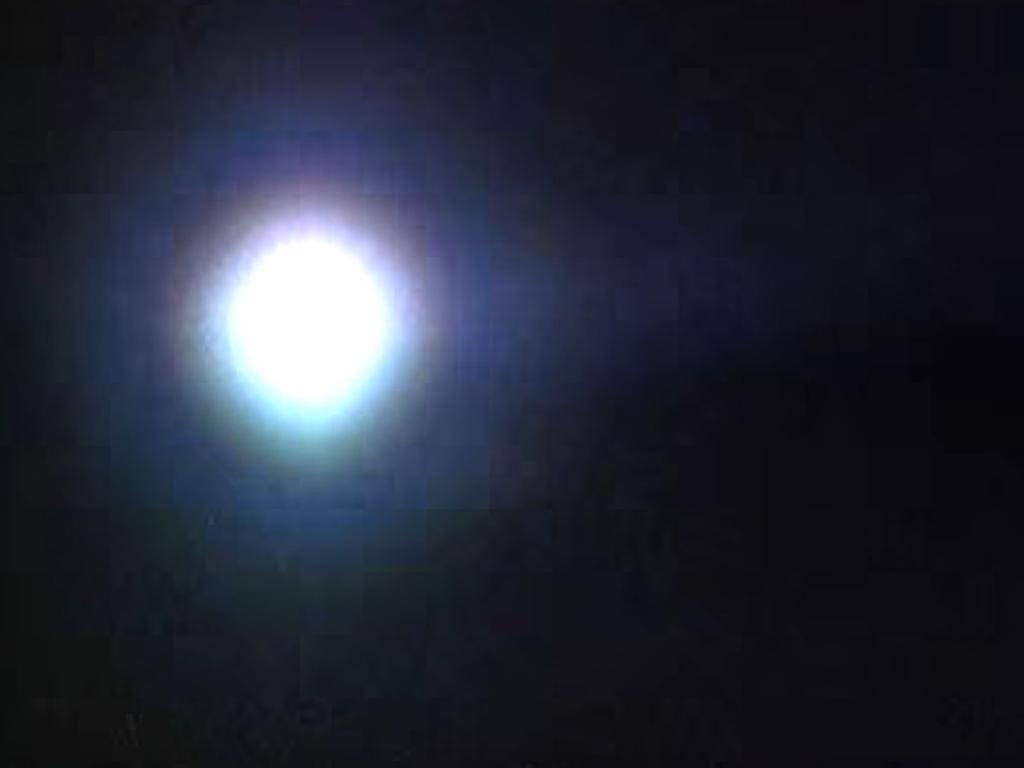
More recent reports of UAP sightings are increasingly being verified on radar and other sensor systems, as well as photographed or videoed, and these events are often corroborated by multiple witnesses. The sightings also feature something that even the
US military now admits it cannot prosaically explain. In fact, US government and military insiders I have interviewed for this book admit they have knowledge of technology operating in our skies, oceans and orbit that far exceeds known human science. It often appears to be intelligently controlled, presenting to those who recorded it on video and tracked it on radar as a ‘craft’ of some kind.
Like most journalists, I’m generally reluctant to believe in cover-ups or conspiracies. But I believe that governments are not telling the public the full story about UAPs. What are these ‘craft’? Is the extraterrestrial hypothesis, albeit confronting, even able to explain this high strangeness? And why are they hiding in plain sight?
In Plain Sight, by Ross Coulthart, is published by HarperCollins Australia and is on sale from July 28. You can pre-order a copy now at Booktopia.


